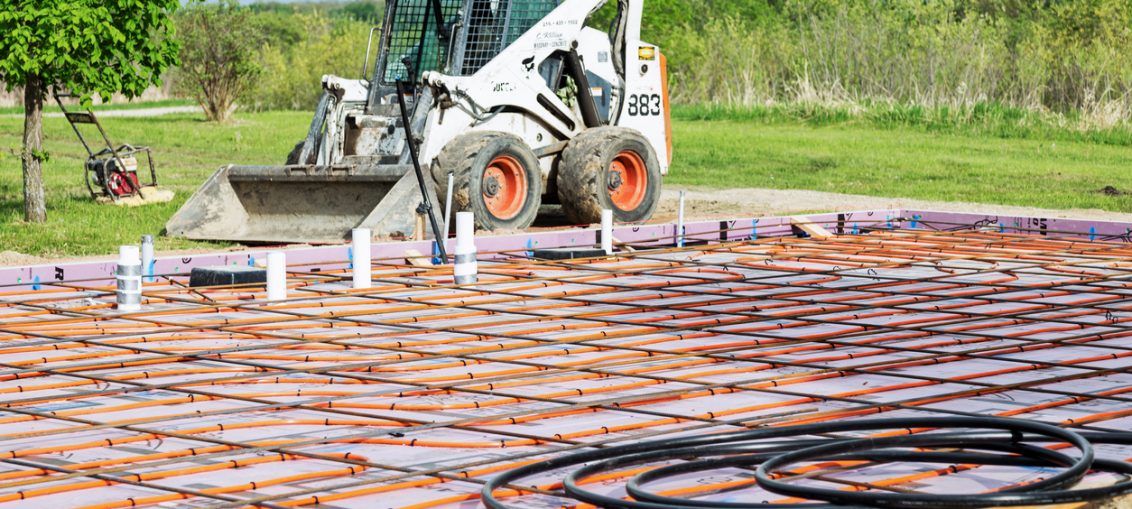
If like many people, you are going to cover your existing turf, you will need to make space for your artificial grass, as well as two layers of crushed stone, sand, and protective material layers. If you want your new artificial house lawn to sit above the soil, it means that you will have to dig down approximately 1.5 – 2.5 inches. If your garden has a landscape design and edging, the artificial grass will require a space of 1 inch above the edge’s surface.
Installing Fake Grass onto a Hard Surface
When you are doing this proc edure to concrete etc., you will have to create a turf bed which will act as a permanent foundation. Naturally, this surface will have to be totally waterproof. It will also need to be resistant to chipping, swelling, spitting and rotting. The first job is to place a blender board (plastic), at the location where the fake grass will be set. According to how big the area is, and its vulnerability to moisture, you will need to install a draining system specially designed for your requirements. It is important to know that, although the board will offer a level of protection, as false turf is very porous, it is not sufficient on its own.
edure to concrete etc., you will have to create a turf bed which will act as a permanent foundation. Naturally, this surface will have to be totally waterproof. It will also need to be resistant to chipping, swelling, spitting and rotting. The first job is to place a blender board (plastic), at the location where the fake grass will be set. According to how big the area is, and its vulnerability to moisture, you will need to install a draining system specially designed for your requirements. It is important to know that, although the board will offer a level of protection, as false turf is very porous, it is not sufficient on its own.
